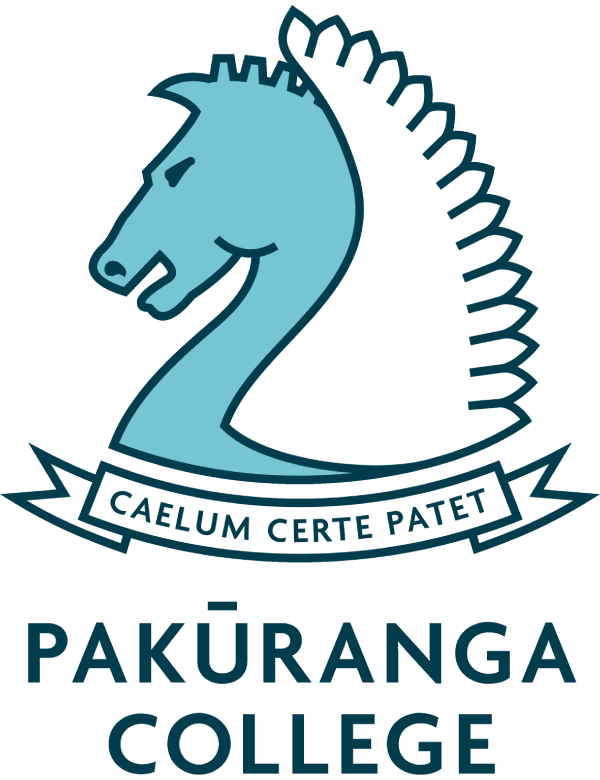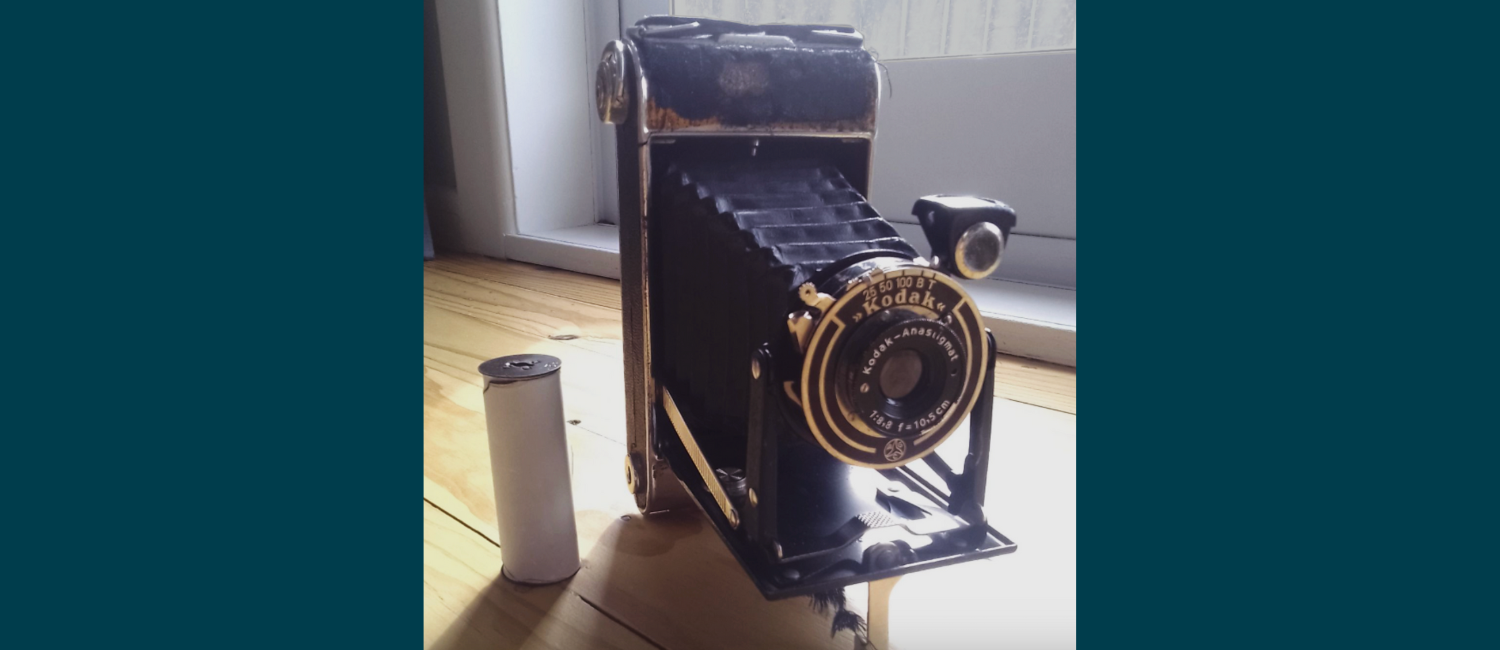In my collection of cameras, there is one that has traveled further than most – my Kodak Junior 620. This camera is a veteran of the Second World War, has traveled from Italy to New Zealand, and still takes near-perfect photos that many people wish they could get.
The Kodak Junior 620 was made by Kodak in England from 1933 to 1939. This type of camera was designed for home use, not professional by any means, but still perfectly good enough. Mine is probably an early variant, as they were re-designed in 1937, with the shutter release button on the side, making it easier to use.
This particular camera has had a rough life, and would have come to Italy, where it was acquired, in the mid to late 30s. Its history at this point is unknown, until it was acquired by my great-grandfather, who served in the Second World War. He would have gotten it somewhere in Italy.
It was brought back to New Zealand, and was used by my family for years in Southland. Much of the outer covering has fallen off, and the leather handle is falling apart, but it is mechanically perfect, and works completely. It was likely left in its case for years, and the shutter is simple enough that it can keep going without maintenance, thankfully preserving it for its current use. There is one problem though – 620 film.
When Kodak made this camera, a type of film known as “620” had been on the market for a few years. It is identical to the common “120” film, but the spool it comes on is slightly smaller. 620 film was discontinued in about 1995, and isn’t made by any major manufacturer today (although some places will sell it to you for a higher price.) This isn’t a problem for most cameras, such as my box brownie, and you can just cut the edges of the film spool off. The Junior 620 was built to be as small as possible, as smaller cameras were quickly becoming the norm. This is a good thing for transportation, but not for me, as a 120 film spool will not fit at all in this camera, and an inconvenient dent makes it difficult even if you sand the spool down.
What you need to do is run the film through a 120 film camera, without taking photos, before removing it. Then you have to roll the film onto a 620 spool, in complete darkness.
This is difficult at first, but you get used to it. Despite this minor inconvenience, the quality of the camera’s lens and shutter makes it worth it. Unlike most cameras of its day, it features a “sports finder,” a metal outline in which you frame your photo. Most cameras of its era (including mine) use a “brilliant finder,” a small glass viewfinder, typically above the lens, that uses mirrors to outline the photo, and is most certainly not brilliant to use. Cameras using sports finders became popular for their ease of use, later paving the way for viewfinder cameras and SLRs.
I would have used this camera for its intended purpose, family photos and general photography, if it wasn’t for an interruption at the end of last year. Every fortnight or so, 3-5 planes, all clearly dating from the 1940s, would fly over my house and towards the nearby Mt Smart Stadium. After some further research, I found the planes were Ardmore Airport’s Roaring 40s planes, a group of WW2 T-6 Harvards (also known as Texans,) commonly used during the war as training planes.
It turns out that Ardmore Airport’s Warbirds Society had signed a five-year contract with the newly formed Auckland Football Club, to do a flyover at halftime, every game. This regular schedule, along with being able to find out when the next game is, allows me to have film in the camera, ready to go. This also makes Auckland FC my favourite football club, and I wish them luck in their future games. I find this rather fitting that a WW2 camera gets to photograph planes from its time. At some point, I’ll have to take this camera along to their Warbirds on Parade show, and I might have to bring two rolls of film as there are so many styles of planes there. This camera also came with me on my recent bell-ringing excursion to Hamilton (long story), and took some rather nice photos there.
Overall, I find the Junior-620 to be a very easy camera to use, despite the drawbacks of respooling film. Despite being rather tattered, it outshines cameras made both before and after it, and, along with its historical aspects, it makes for a great showpiece, and it will likely work just as well as it does in another 90 years’ time.
Connor Hart, Year 10














